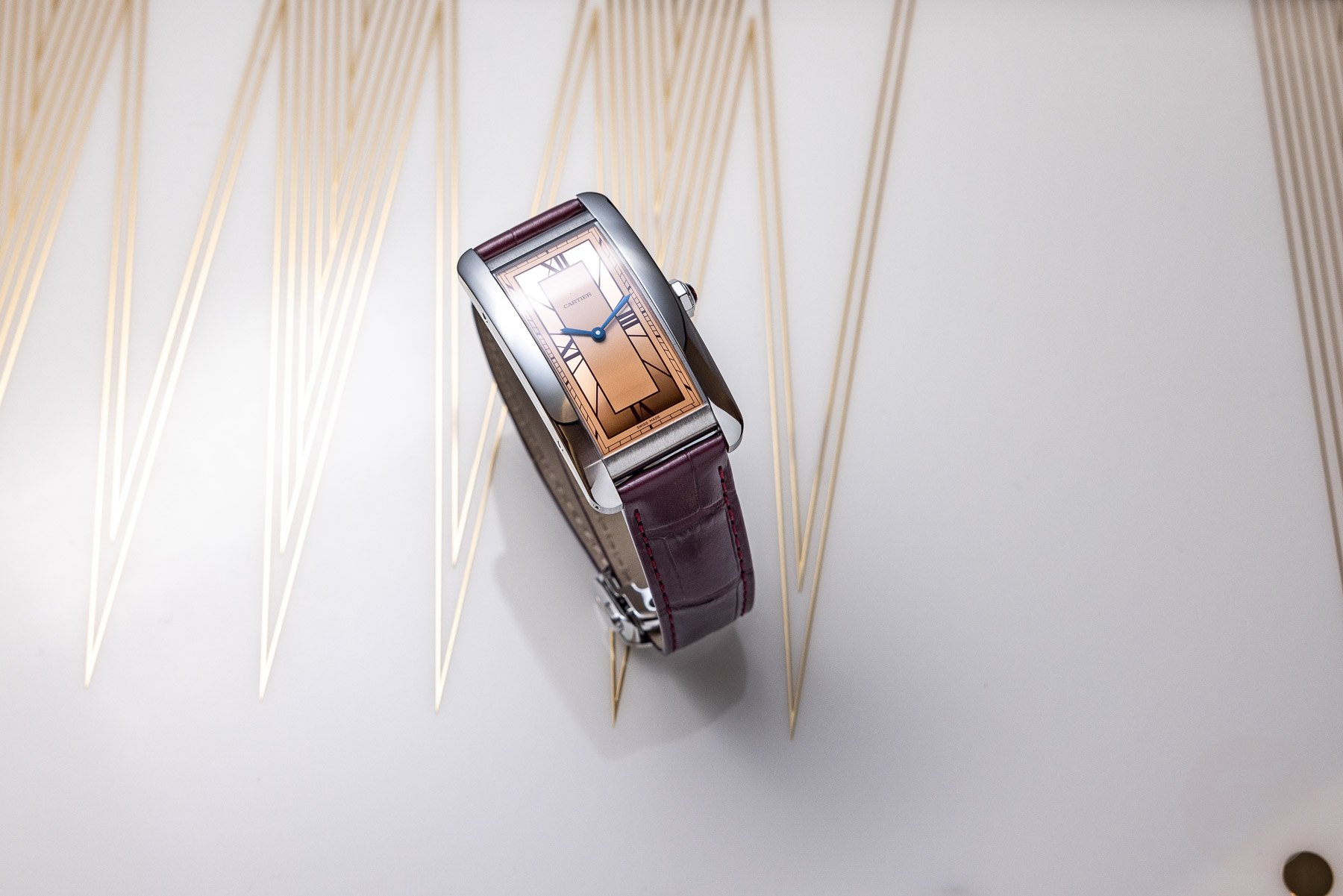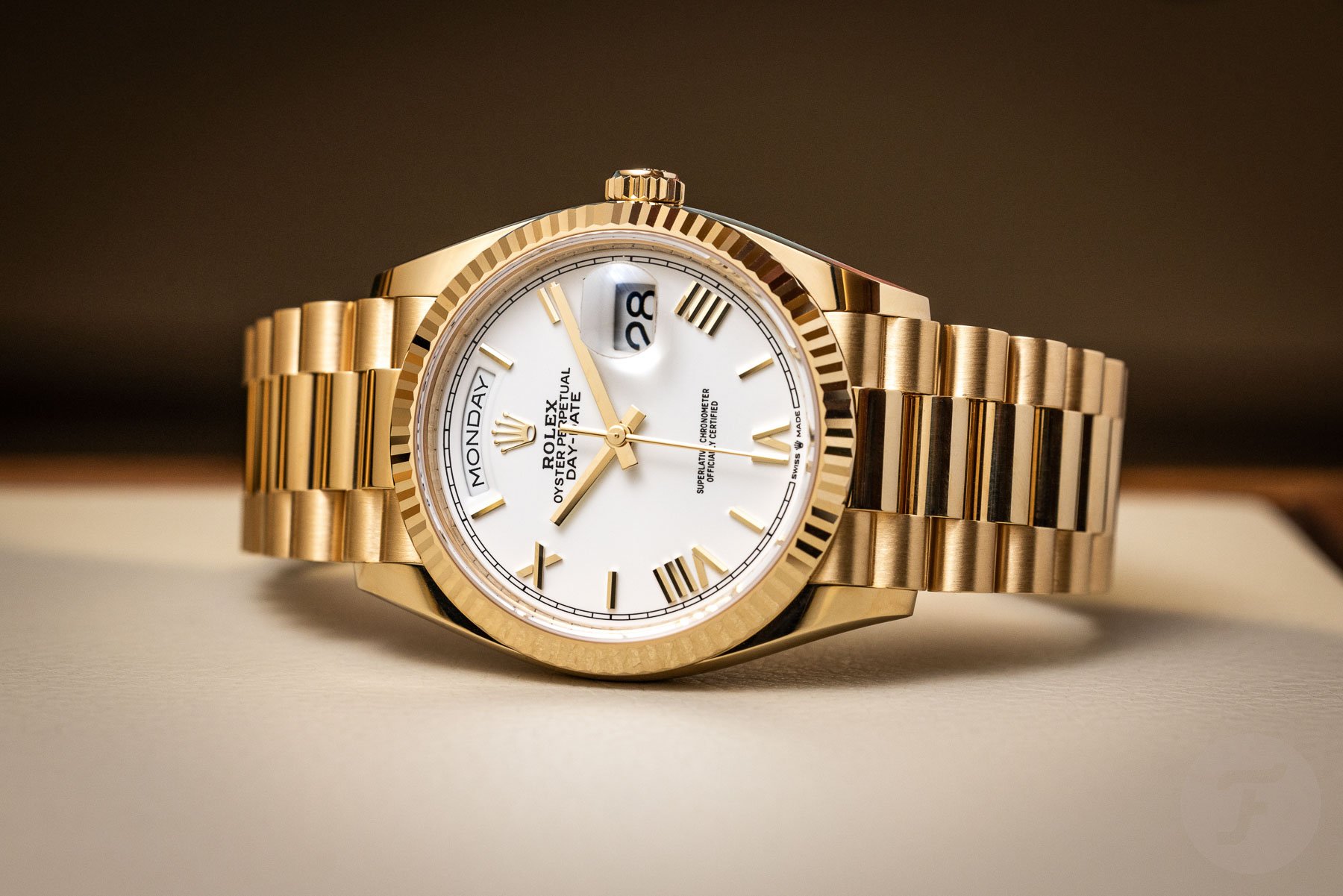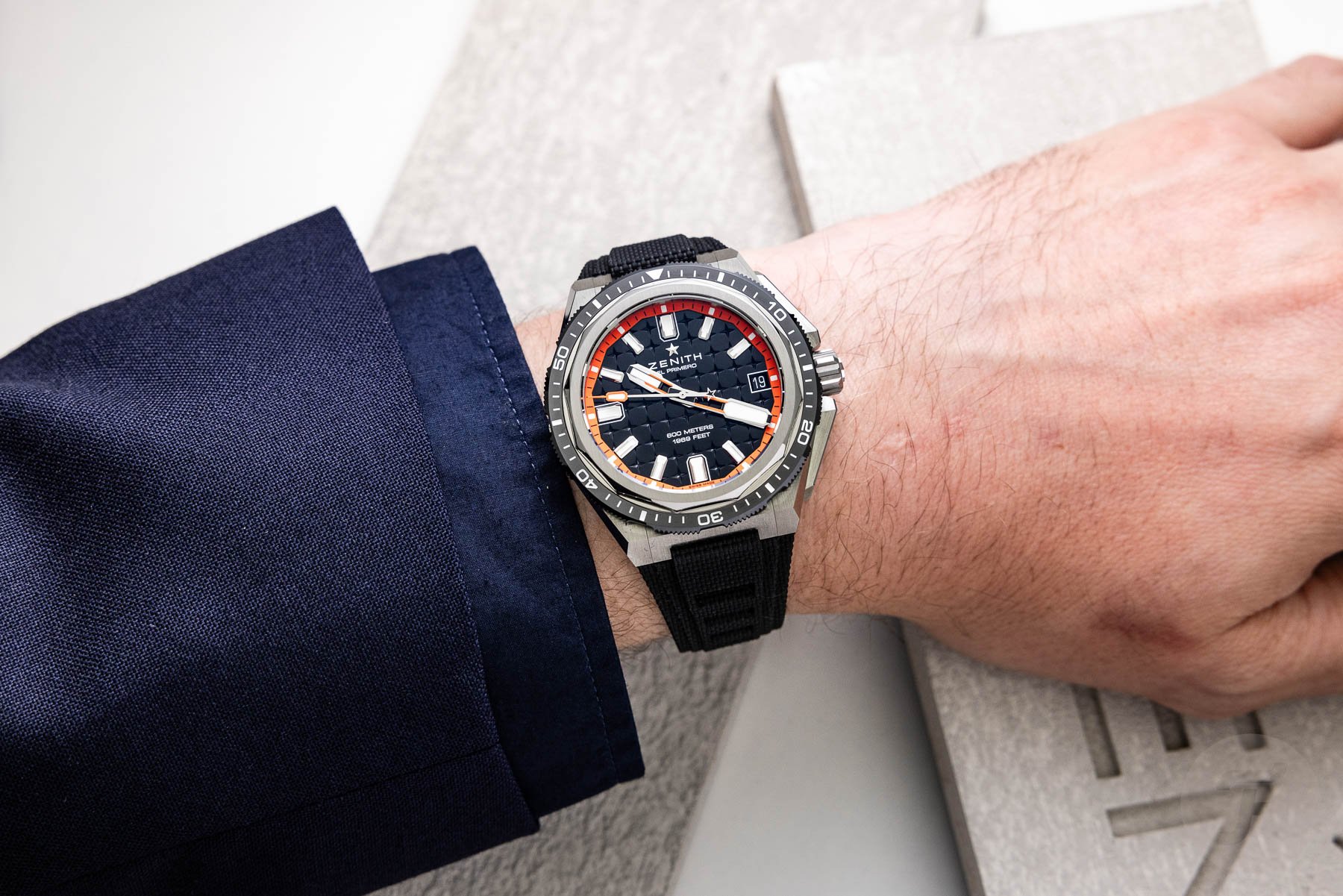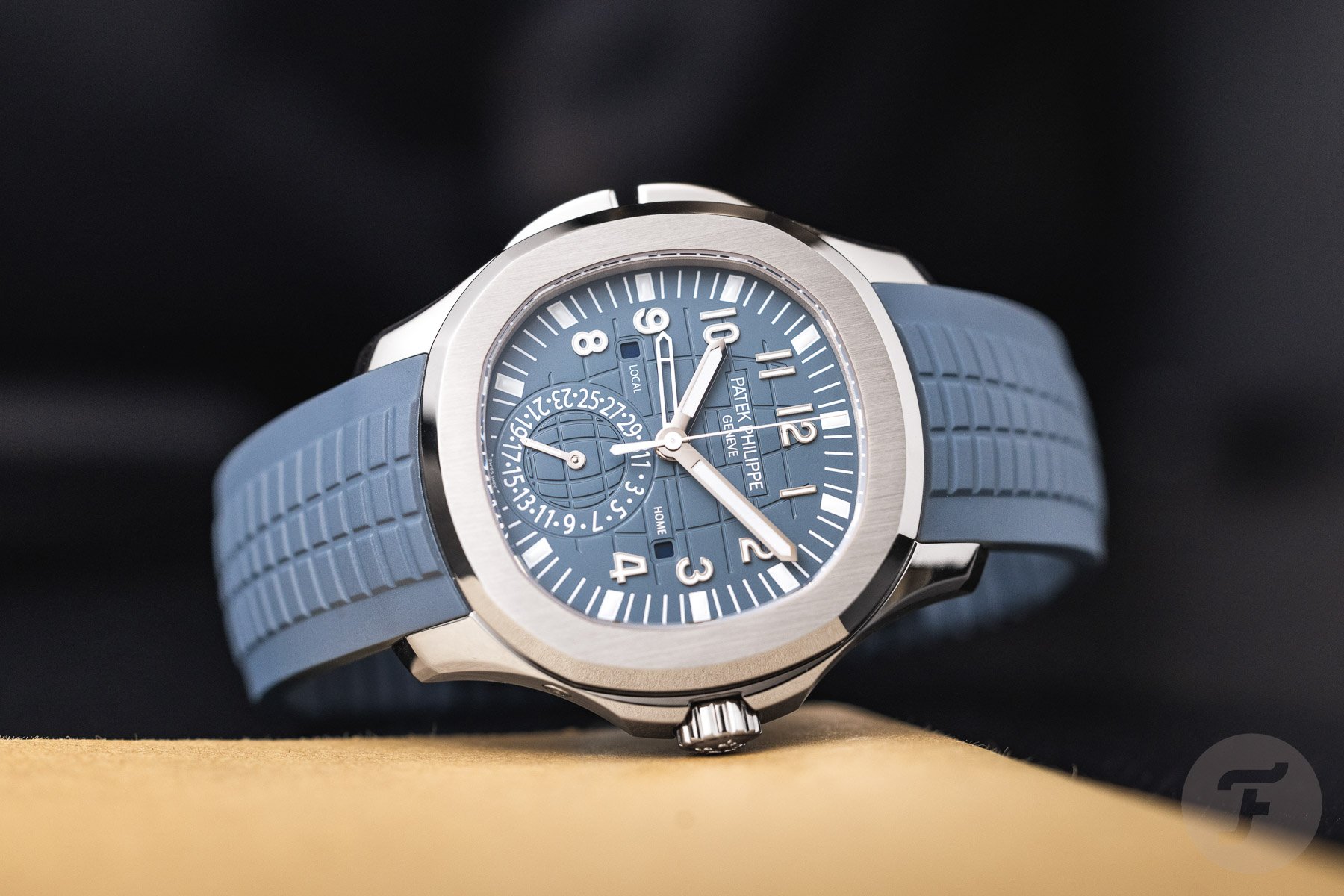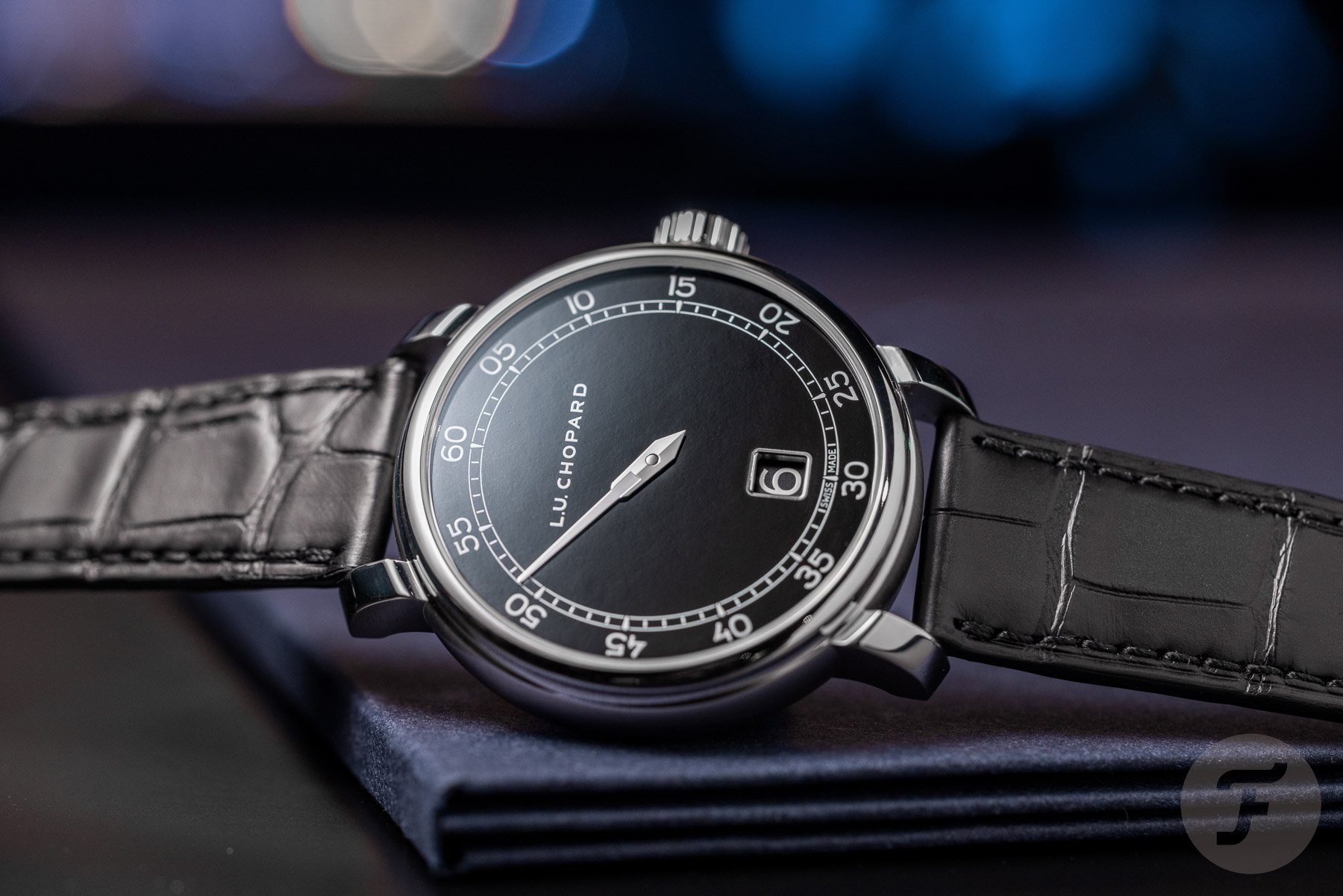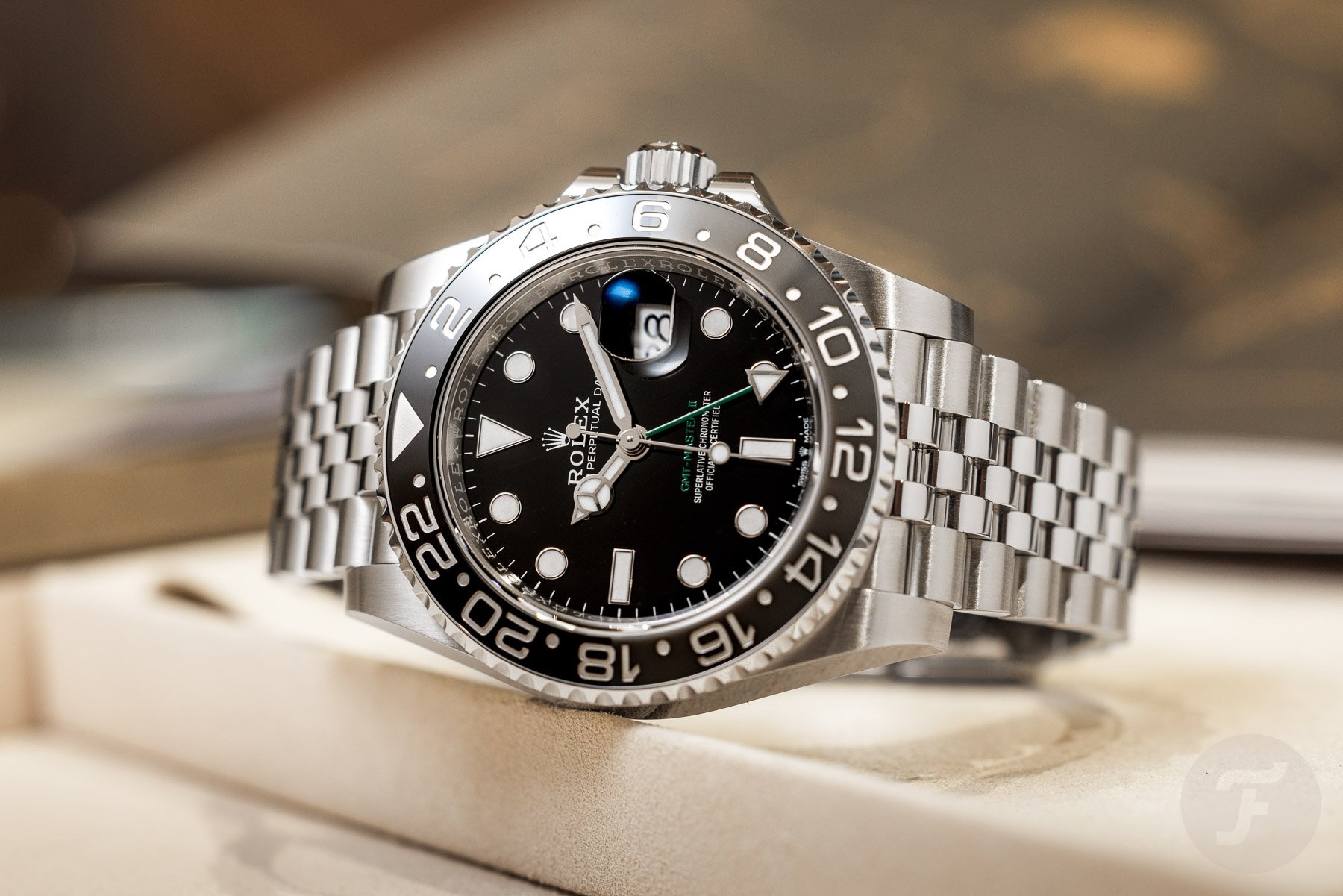Do We Set Ourselves Up For Disappointment Going Into Events Like Watches And Wonders?
The dust has barely settled, but this year’s Watches and Wonders was already labeled lukewarm. Some even called the releases disappointing or underwhelming. I am not sure I agree. Granted, there wasn’t an earth-shocking release that we will all add to our collections, no further questions asked. But should there be? Are we perhaps setting ourselves up for disappointment with all our predictions and expectations?
The question is: should we expect radical new watches every year? Multiple times per year, even? I would argue this expectation goes against the grain of what is actually enjoyable about our shared passion.
Icons aren’t built in a year
For starters, watch enthusiasts tend to lean toward specific icons within our little sub-universe. We love it when a watch has historic significance and an impressive heritage. Why do we all flock to Royal Oaks, Submariners, Speedmasters, and Tanks? Because they come with a narrative and the status that goes along with it.
Now, you don’t just set out to develop an iconic watch. It is a delicate balance of the right design at the right time with the right execution. Then there is the serendipity of being adopted by just the right people (or even a single individual) and/or being part of some historic event or development. It is rare for the stars to align this way. Thus, when they do, brands count their blessings and carefully nurture their icons with tiny incremental updates over time.
Even when a watch doesn’t reach iconic status, consistency is necessary to cement it as a brand staple. No watch company wants to come across as fickle and vague. So, if you’re in charge of a brand, what do you do? Maybe release a new dial color or size for your existing model this year? Take Rolex as an example. One of its longest-lasting references was the Explorer 1016. It was in production from 1960 until 1989, seeing only minor tweaks and updates over time. This is how watch brands build cornerstones in their catalogs. But does it lead to impressive headlines every year? No, it does not.
Predicting Watches and Wonders releases
Of course, we love to predict what is coming. Predictive renders pop up in the months leading up to events like Watches and Wonders. “Will there be a new model X, Y, or Z this year? Here’s what we think it should look like!” The thing is, these predictions come from a different place compared to where these brands actually operate. The predictions come from a fun type of excitement. “Oh, it would be so cool if…” The brands, by contrast, approach it from a much more analytical angle.
Developing a new watch is a costly affair. It takes massive resources, both financially and creatively. Such resources are scarce, even in hugely successful watch companies. Consequently, they deploy them with great focus and intention, preferably with near-surgical precision. Generally speaking, brands don’t go around developing brand-new, groundbreaking sports watches when they still have waiting lists for their current models. Similarly, if their retailers are fully stocked (sell-in) and struggle with sell-out, they don’t push new models.
This is perhaps not quite as romantic as we like it to be. We figure a bunch of watch geeks like us are sitting in a lab dreaming up fantastic new watches all the time. In truth, these are businesses, and the creative watch geeks are just a tiny part of them.
A quiet Watches and Wonders isn’t a bad thing
I would argue that this is actually a good thing. You want consistency and evolution from big, established watch brands, not revolution. There is an entire ecosystem of microbrands and independents for those seeking greater thrills and originality. Big brands with rich heritages would not benefit from jumping on every single trend and trying to reinvent the wheel all the time. I am quite sure we would admire their watches a lot less if they did.
Don’t get me wrong; I do get the disappointment that is felt when a brand’s releases feel bland and uninspired. In fact, I wrote about my disappointment with Rolex this year. The problem is that I am projecting my tastes and desires on the brand, which isn’t Rolex’s concern. I lamented the brand’s lack of subtle, elegant, under-the-radar releases. This says more about me than it does about Rolex.
We are setting ourselves up for disappointment with all these expectations going into events like Watches and Wonders. We tend to assume it is a matter of creative bankruptcy from these big brands. In some cases, that is certainly true. Some brands are constantly struggling to find a way to stay relevant. In my humble opinion, Panerai falls into this category. But it is too easy to put this label on every release by every brand. Most are run by capable people making justifiable, strategic choices that deserve a little more respect.
But predictions are half the fun of Watches and Wonders
This is all well and good, but predictions are also just plain fun. Working up to Watches and Wonders, contemplating what wondrous creations we will see is half the fun of the entire event.
We also know that brands do pay attention to predictions in the watch media and on social media. They are watching and taking notes. And we know some really appreciate the insightful nature of some predictions, harking back to historical references and predicting why they may be relevant today and due for a comeback.
So keep them coming, I say. You might very well see your wish come true at some point. But does it line you up for disappointment in the short term? I am afraid so. We have become addicted to instant gratification, and the news cycle, even within the watch world, has become infinitely shorter than it was just a decade ago. We just expect the world all the time, and we will have to get used to not getting it.
What do you think of evolution versus revolution in watch releases? Let us know in the comments below!

